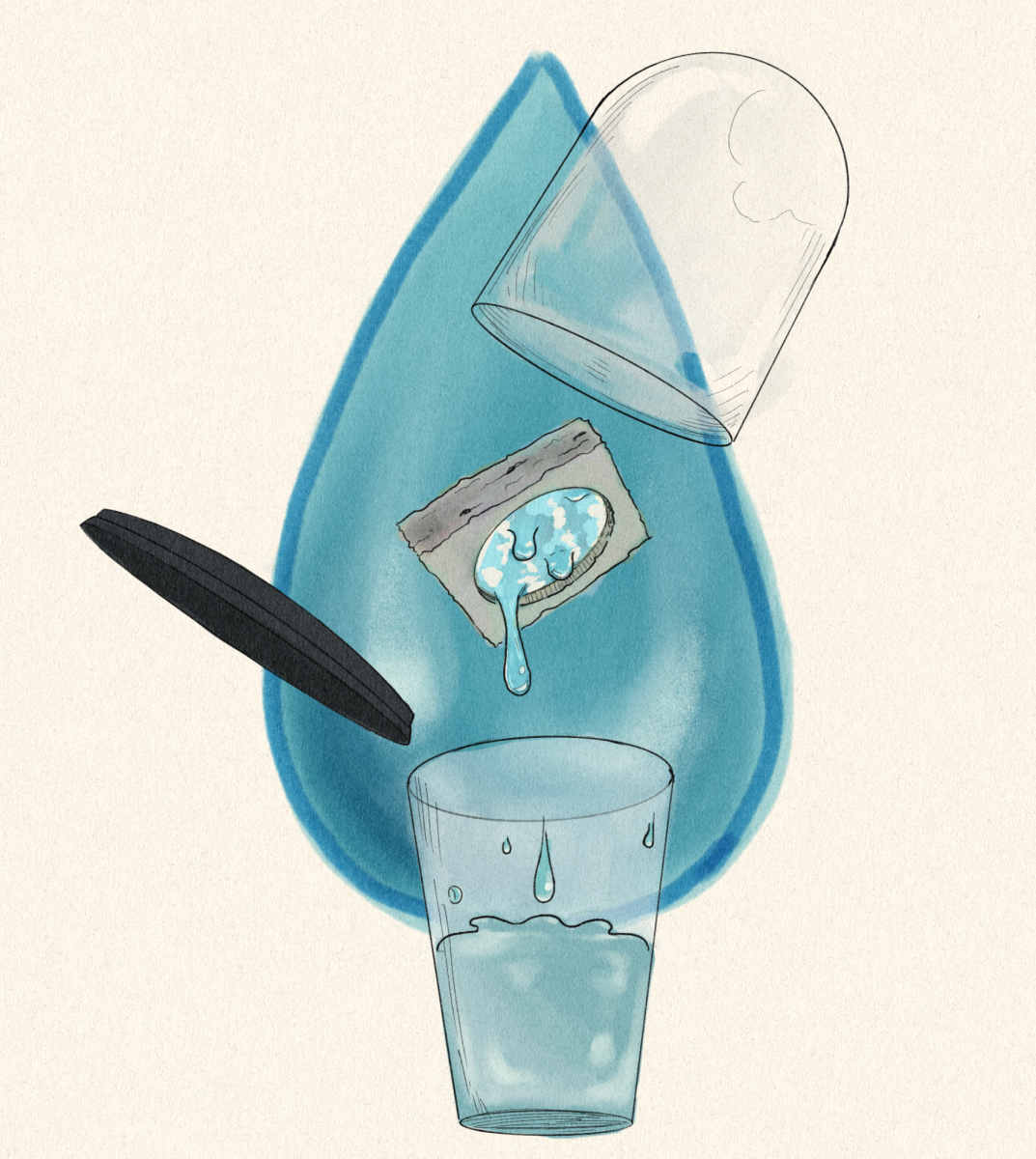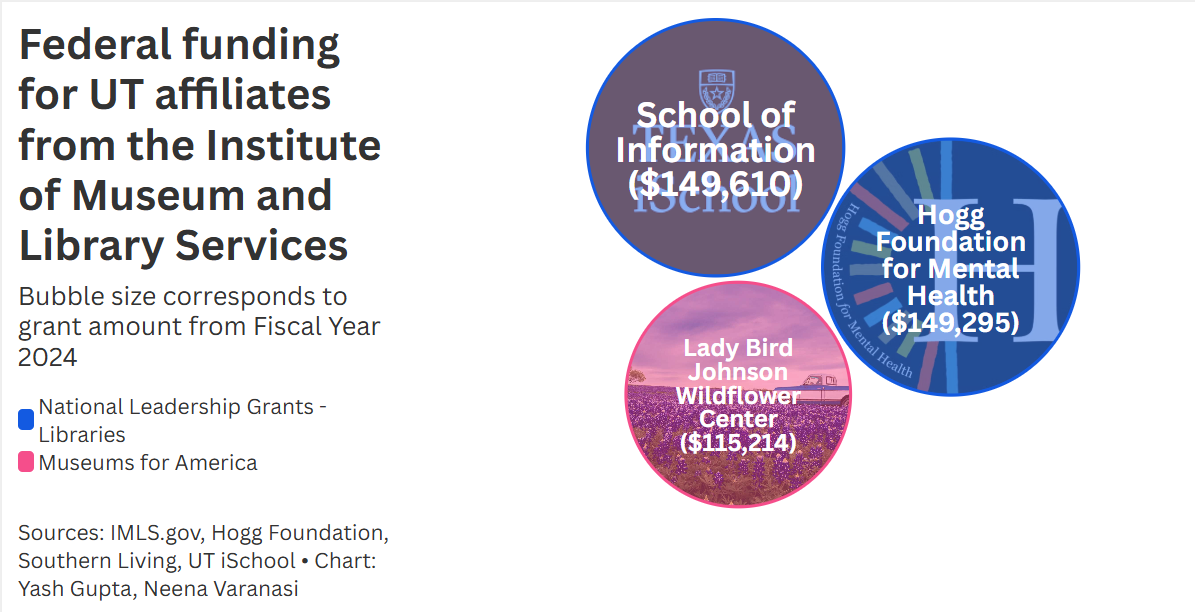UT researchers developed a process of converting moisture in the atmosphere into drinkable water in an effort to combat global water shortages.
Led by Guihua Yu, a materials science and mechanical engineering professor, the researchers’ latest study, published on Sept. 11, comes years after Yu and his team began developing innovations to address water sustainability issues by utilizing moisture in the air, a process known as atmospheric water harvesting.
“We have been working on the hydrogel, these soft polymers, for a number of years,” Yu said. “So, this is actually its latest iteration.”
This new hydrogel, visually similar to an Orbeez, consists of a salt-embedded crosslinked polymer network with two new features. One of the new features involves a new sorbent configuration, which helps with the hydrogel’s absorption capabilities, said Weixin Guan, a third-year graduate student studying materials science and engineering who helped lead the research.
Biomedical engineering research previously employed a microparticle similar to the one Yu’s team used. Guan said he recommended using the microgel for this project due to its smaller size, meaning the water would have a quicker and more efficient diffuse time into the sorbent.
“The second thing that we specifically designed (was) a molecular engineering network,” Guan said.
The hydrogel process has two main steps: water capturing and release through solar energy, Guan said.
“The swelling ability is enhanced so that more water can be absorbed and stored during the water harvesting stage,” Yaxuan Zhao, a graduate student studying materials science and engineering who helped lead the research, said in an email.
Zhao said the salt component of the hydrogel lowers the temperature this process can be achieved at, making it more feasible for general use.
The temperature that allows for the release of the water is a “record-low water release temperature” of around 104 degrees Fahrenheit, which is common in summer months, Zhao said. The method can collect 0.7 grams of water per gram of hydrogel, depending on the temperature and weather conditions, Guan said in an email
The team’s next steps involve scaling up research production to enhance the hydrogel and access resources to make the device readily accessible to the public, Yu said.
“We’re going to partner with industry to scale up and also to do more of a few tests,” Yu said, noting that a larger-scale partner means a more widespread reach and access to other innovative materials.
“We want to move to a different kind of specimen location, for example, in Arizona or even in the Middle East,” Yu said.
Arizona is one of six states that utilize more water than they receive, and the Middle East is home to some areas with the highest water scarcity issues due to climate change and population growth.
The team is also looking for more environmentally sustainable and cost-effective materials to create the hydrogel, as its current version uses a synthetic polymer, Guan said. He said these materials include “biomass-based sorbent designs,” which occur naturally.
“Our efforts are continuing to push the technology to be practical, to be down to the earth and can be used everywhere,” Guan said.














